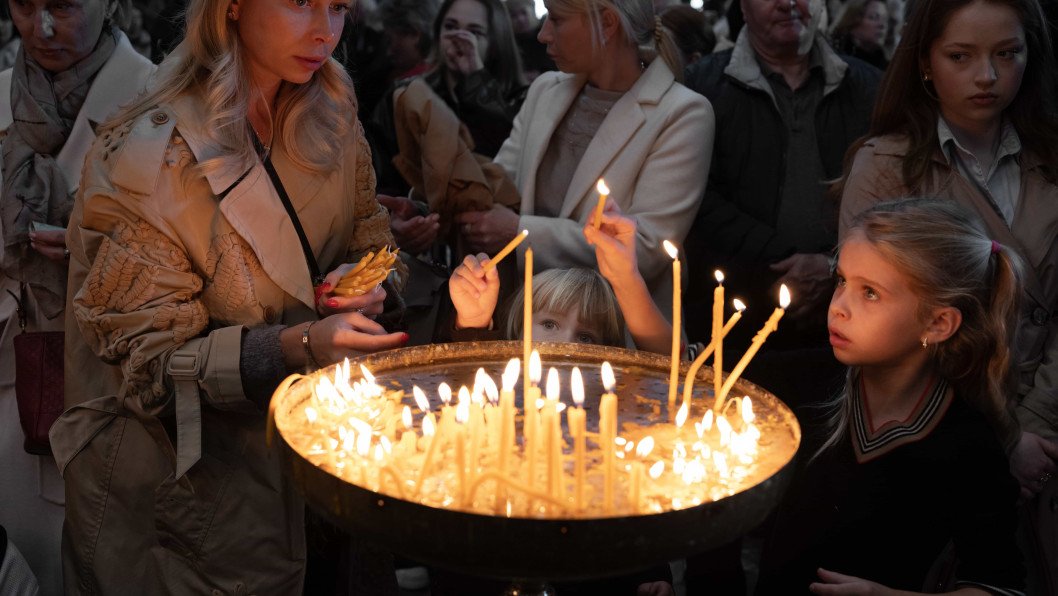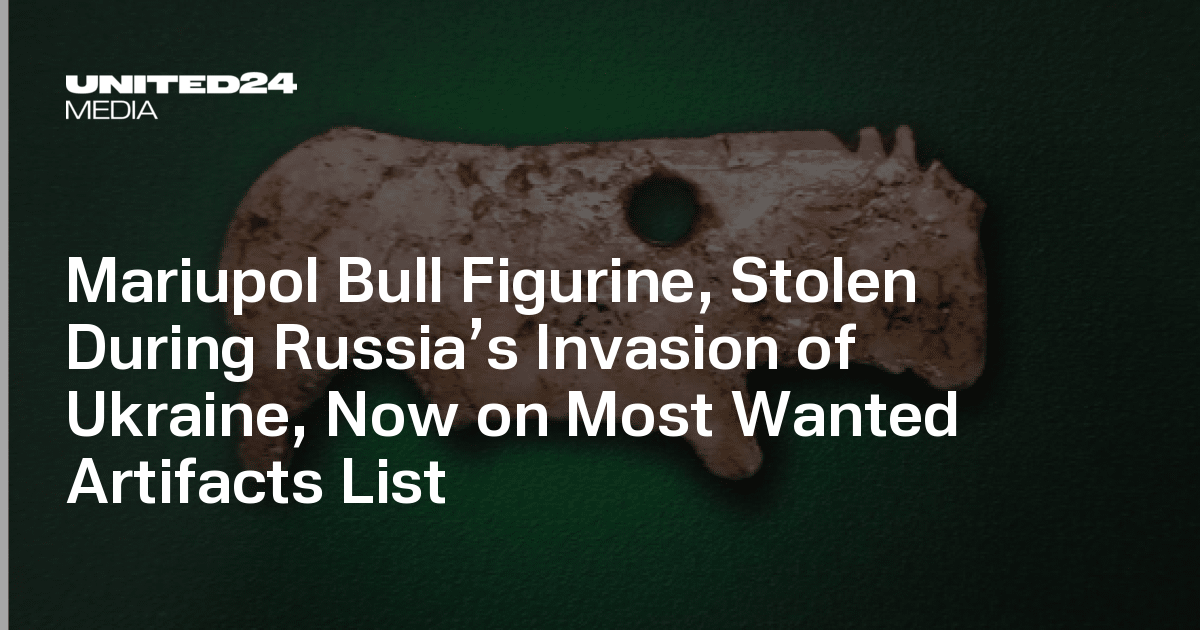The Mariupol Bull Figurine, which was likely stolen during Russia’s invasion of Ukraine, has been added to the list of the world’s 10 most wanted artifacts. The international community has been called upon to help return it to Ukraine, according to the Antiquities Coalition’s official website on August 5.
This case is part of a broader effort to address Russia’s campaign of cultural plunder during its invasion of Ukraine, which has seen at least 1.7 million artifacts looted. The figurine, thought to have been taken during the chaos of Russia’s 2022 siege of Mariupol, has been added to the “Ten Most Wanted Antiquities” list, a global call for action to recover these stolen cultural pieces, the Antiquities Coalition reported.
-9fbbd99e52eae187955d654b71c2b746.png)
The announcement came at an event hosted by the Atlantic Council and was attended by Ukrainian First Deputy Minister of Culture Galyna Grygorenko, who highlighted the importance of preserving Ukrainian history.
“The war unleashed by Russia against Ukraine is not just a war for territories,” Grygorenko said.
“It is not even just a war for political independence. It is a war for the right to remember, for the right to have a separate history, and for the right to remain Ukrainians in this world, both in the eyes of the international community and our children,” she concluded.
The Mariupol Bull Figurine, carved from bone around 6,000 BCE, was discovered in the 1930s by Mykola Makarenko, a pioneering Ukrainian archaeologist. The small figurine was part of an ancient burial site along the Azov Sea, undisturbed for over 8,000 years. It was housed at the Mariupol Museum of Local Lore until it disappeared amid the war between 2022 and 2024.
The disappearance of the figurine is similar to the tragic fate of Makarenko himself, who was arrested and executed by Soviet authorities in 1938 for resisting their attempts to destroy cultural landmarks, Antiquities Coalition writes.
Deborah Lehr, Chairman and Founder of the Antiquities Coalition, emphasized the importance of the figurine’s recovery, stating, “This ancient object is more than an archaeological relic—its theft is a deliberate act of cultural aggression, emblematic of Russia’s broader campaign to erase Ukrainian identity.”
She called on the international community to take action not only to recover the figurine but also to confront the use of cultural heritage as a weapon of war.

Ambassador John E. Herbst, Senior Director of the Atlantic Council’s Eurasia Center, also commented on the situation, adding, “The addition of the Mariupol Bull Figurine to the Antiquities Coalition’s Ten Most Wanted list draws important attention to the plight of Ukraine’s cultural objects under Russian assault, and the Kremlin’s plan to erase Ukrainian identity.”
While the figurine’s exact whereabouts are still unknown, concerns are growing that it may have ended up in Russian hands, as photographs of the artifact have appeared in Russian exhibitions promoting the Azov region as “historically Russian”. The artifact’s inclusion on the Most Wanted list comes after the successful recovery of other stolen artifacts, including Cambodia’s Ganesha statue and Ethiopia’s Kwer’ata Re’esu Icon.
The Antiquities Coalition’s ongoing efforts to recover stolen Ukrainian cultural heritage mark an essential step in the preservation of Ukraine’s identity and the fight to protect its cultural heritage from destruction and theft.
It was previously reported that a large-scale Russian missile and drone attack on Kyiv caused extensive damage across the city, including to the historic Oleksandr Dovzhenko National Film Studio.

Related articles
